Smite Game Review
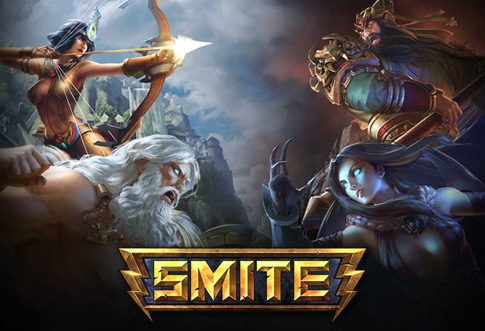
Refreshing view.
Match of the Day game modes.
Rewarding progression.
Great free encounter.
Late-game balance
Smite frequently ends up feeling more like a third person action RPG when compared to an MOBA, and that’s an interesting change.
About The Game
A fresh outlook on familiar game design can make everything feel fresh again. As an example, the manner Smite puts the camera down behind your character rather than seeing from up above radically transforms recognizable MOBA mechanisms, creating a refreshing take on a genre that rarely strays from its tried and true formula. Beyond the new position, Smite’s characteristics help facilitate new players in, while it’s amusing ways present special benefits for those that stick around.
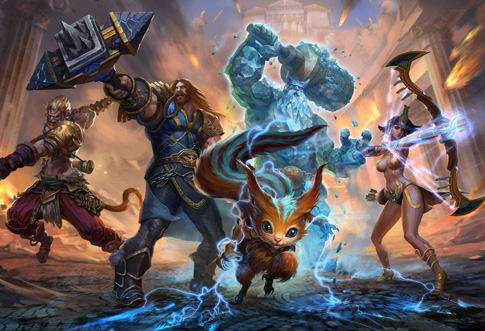
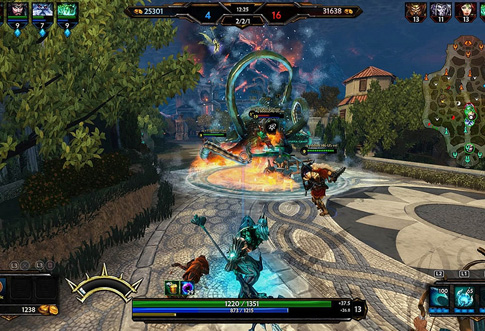
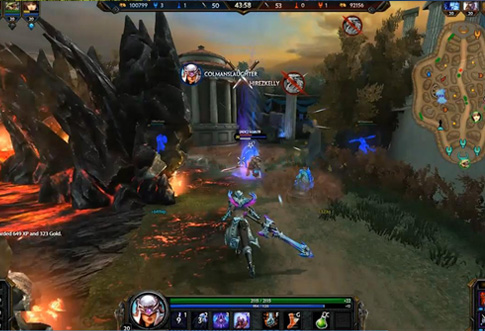
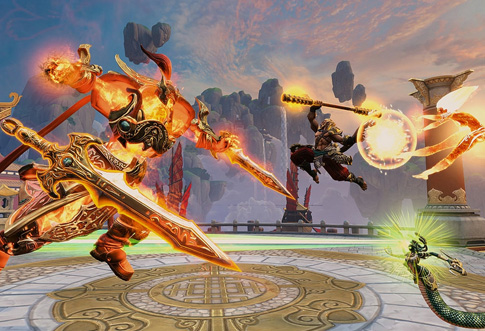
Game Features
Smite frequently ends up feeling more like a third person action RPG when compared to an MOBA, and that’s an interesting change. Using W, A, S, and D to transfer feels natural, and it’s participating to get up close and personal in an enemy’s face. The fight is complicated otherwise than in other MOBAs – your location and the way you’re looking feels significant when playing as a melee character, and every ranged ability in Smite is a trained skill shot.
Smite’s third person view also radically changes among the primary tenets of MOBAs: map knowledge. With no overhead view of the map, it is challenging to keep tabs on enemies and simpler to sneak up on unsuspecting players.
Minions in Smite protect their Gods with hard-hitting strikes, but what is enjoyable about them is how when they are killed, everyone in the region earns encounter and gold – not only the one who scored the last success. While last-hitting is a test of ability in other MOBAs, not having to be concerned about it in Smite supports more team fights against Gods rather than continuous thing farming.
Another intelligent spin on the regular MOBA machinist of purchasing things at shops every match is that Smite’s character builder lets you pre-select things and skills to auto-buy and auto-degree as you play. During a fast-paced match, setting everything on autopilot is amazing. Obviously, it is possible to turn that away at any time if you need to alter your assemble after you begin playing.
One area which could stand some improvement is late-game balance, because there are undoubtedly times when a little edge can snowball uncontrollable. Some more powerful bad characters like the wolf God Fenrir can efficiently three-shot kill support god’s, making recoveries look hopeless. This can be when the surrender option is useful.
Another of Smite’s exceptional characteristics is its Voice Directed System or VGS. Instead of voice chat, it sends messages to your team after you input signal fast computer keyboard commands. It is more straightforward for me to type things like “Mid lost” than to fumble through the VGS for exactly the same command (VF2), but it was undoubtedly helpful when other players used it to communicate with me.
A free turning off 10 gods each week gives individuals who need a totally free encounter some variety. It’s not overly difficult to unlock new ones, either. Playing several matches a day you can unlocked characters at a satisfactory speed, and you can buy cosmetic skins using the in-game money. Some of the skins are only new feels, but others, like Hun Batz’s space monkey skin, are more creative. It’s a shame you can’t preview any skins when waiting in game receptions, though. After selecting a God, the available skins are listed front and center with a grayed-out thumbnail, and it’s disappointing you just have the option to buy the skin sight hidden.
Smite takes up its characters from seven distinct faiths, and programmer Hirez does an excellent job including their recognizable mythological backgrounds straight into tactical MOBA jobs – the Greek demigod Hercules is a burly melee character, while Zeus flings lightning at his enemies. With the tremendous assortment between the 51 accessible Gods, and their impressively in-depth models. Some more flamboyant skills, like Norse god Thor’s Ultimate, Anvil of Dawn, function particularly well with the third person camera because they launch you up into the heavens.
Smite is more conventional. Each of its five-on-five, three-on-three, and all arbitrary all-center maps feature MOBA staples, including towers to ruin and a jungle with impartial creatures offering passive buffs when slain. Yet the turn of having conflicts against boss-like Phoenixes and Defenders in the area of ruining a defenseless Nexus or Historical gives it some exceptional essence. Or, for a change of pace, Smite’s thrilling Stadium map compares two teams against one another in a glorious deathmatch in a gladiatorial band for a more clear-cut test of combat ability.
The most varied and interesting games, though, are the stupid Matches of the Day (MOTD). One day it might be Norse vs. South, in which one team can simply be Norse gods and the other can simply be Egyptian and Greek, and the next might be a Battle of the Beards.
Playing exactly the same God repeatedly in Smite is rewarding thanks to the intelligent God Rank system. As well as encounter, which unlocks modes and competitive league matches, winning a match in any mode webs Worshipers. When you collect enough, they unlock the use of special Gold and Infamous skins. Not only do they seem sweet, but they are an excellent way to reveal your teammates which you’re adept with a particular character and intimidate opponents.
Smite’s exceptional camera angle alone is enough to set it apart from other MOBAs, and programmer Hirez did not cease there. Each map is polished, every God appears and sounds fantastic, and extraordinary Match of the Day styles offer lots of variety.
Game Trailer
In order to have more insight into this game, you can watch this video from the following link:
You can visit the website of the Smite game to understand the game more.


























































































































































